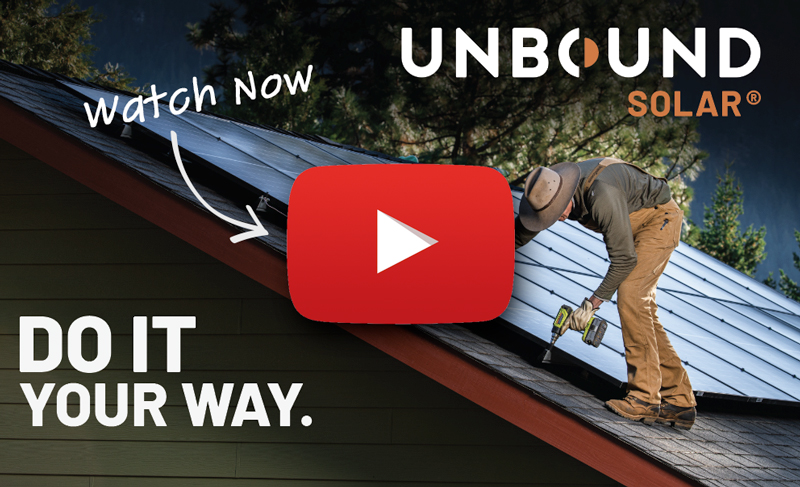Your results:
We were unable to create a 3D model of your house, based on your address.
We have calculated a system size based on your address and monthly bill.
Your price will vary depending on how you choose to install your Grid-Tie System.
Solar Panel Pricing Data
Explore current and historical pricing data for solar panels, complete systems, and solar panel installation costs.
Individual Solar Panel Costs
Compare pricing for individual solar panels we carry in our shop.
Solar Panel Cost Per Watt
Panels come in a broad range of sizes, from tiny 5W panels up to 400W+ premium offerings. Evaluating cost-per-watt allows you to compare panels on a level playing field.
The lowest cost-per-watt options will give you more overall power output per dollar spent but will also be less space-efficient.
Grid-Tie Solar System Costs
Compare our most popular grid-tie solar kits at a glance. Packages with a classic string inverter will cost a bit less, while micro-inverter systems will cost a bit more.
Browse our grid-tie solar kits for up-to-date pricing.
Off-Grid Solar System Costs
Compare our most popular off-grid solar kits at a glance. Featured packages include a pre-wired Power Center with a Schneider inverter and Midnite Classic charge controllers.
Browse our off-grid solar systems for up-to-date pricing.
Solar Panel Installation Costs
Solar installers typically charge around 75 cents to $1.25 per watt for their labor. These quotes will vary based on factors like the complexity or your project and the availability of competent installers in your region.
Frequently Asked Questions About the Cost of Solar
Solar energy cost has plummeted in the past decade. The average cost of solar panels is less than half what it was ten years ago.
As of the time we updated this page (Jan 2021), most solar panel prices fall in the range of 60 cents to 70 cents per watt. Premium panels can climb above $1 per watt depending on their size, quality, and where they are manufactured. Our solar panel calculator uses standard size panels to estimate the cost of your system.
Solar panel installation cost varies by provider. A turnkey solution will charge 100-200% the cost of equipment to perform the installation.
If your 6.6 kW system costs $10k in equipment, they may charge you $20k for the installation, bringing the grand total for the project to $30,000.
The other option is to buy direct from a distributor (like us) and either install it yourself or hire a local contractor to do it for you. If you choose the DIY route, we have instructional videos and a brilliant tech support team to walk you through the project. Some people spend less than $1000 installing their own system (labor costs included).
Even if you hire a local contractor, they’ll charge you somewhere between 75 cents and $1.25 per watt. They’d install the system above for around $6000-$7000, which is less than half the amount you’d pay to a turnkey installer.
That’s why you’re here! Our solar power calculator takes the information you provide about your energy usage patterns and returns our best guess about how much solar energy you might need to generate.
We must stress that this is just an estimate. Several more factors will impact your efficiency, like shade, roof material, temperature, mount angle, and so on.
While we provide the most accurate figure we can, it’s impossible to provide an exact number until we know every detail about your project. Consult with a solar design technician to build a system that accounts for the inefficiencies and obstacles unique to your project.
It usually is. Between the tax incentives, like the federal solar tax credit and the reduction of your energy bill, you tend to earn more money over the life of the system than you spent on it up front.
Here’s a simple way to approximate your solar ROI (return on investment):
- Start with your estimated system price, which this calculator provides you.
- Divide that number by the cost of electricity from your local utility company. The national average is $0.13 per watt, but that can fluctuate dramatically. A Google search for “electricity rates (your location)” will likely surface your local rate.
- Divide the result by your annual electricity usage in kilowatt hours. You entered your monthly usage in step two; multiply that number by 12 to get a rough estimate of your yearly usage.
All done? You should have a one- or two-digit number. That number is your payback period, measured in years. That’s the time it takes to break even on the initial investment in your system.
Here’s a concrete example, using national averages for energy rates and consumption:
$10,000 system price ÷ $0.13/kWh ÷ 10932 kWh/year = 7.04 Years
Most solar panels are warrantied for 25 years. You can divide the final number (in this case, 7.04) into 25 to calculate the total payoff of your investment into solar. In this case, our example system would pay for itself 3.55 times over the warrantied life of the system.
When you install a solar power system, the federal government rewards you with a tax credit for investing in solar energy.
A tax credit is a dollar-for-dollar reduction of the income tax you owe. $1 credit = $1 less you pay in taxes.
For example, let’s say you owe $5,000 in federal taxes this year. If you claim a $3,000 tax credit, that pays off part of your liability. You would be left to pay just $2,000 in taxes after the credit is applied.
It’s different than a refund, because you have to owe taxes to claim the incentive. But since most people owe taxes, most people end up being eligible.
Check out this video or read our article explaining the tax credit to learn more.
